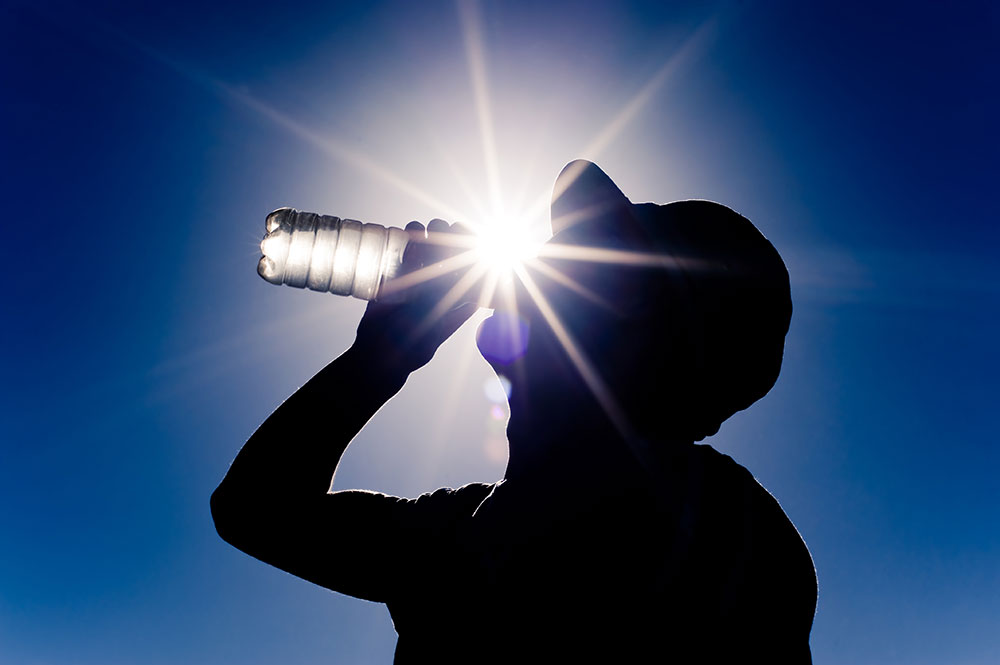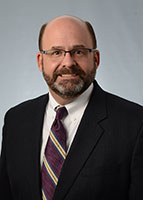
Worker staying hydrated in extreme heat conditions.
July 18, 2019
By Todd B. Logsdon and Chantell C. Foley
While there are currently no federal Occupational Safety and Health Administration (OSHA) standards that govern employee safety when working in hot environments, there are efforts underway to change this. On July 10, 2019, House Democrats introduced the Asunción Valdivia Heat Illness and Fatality Prevention Act (H.R. 3668) which is intended, in part, to prevent heat illnesses in the workplace. The bill would give OSHA two years to propose a heat protection standard for indoor and outdoor work sites. OSHA would then have another 18 months to issue the final version of the rule. The legislation follows California’s outdoor heat illness prevention standard enacted in 2006. California’s legislation directed the California Occupational Safety and Health Administration to create a heat-stress prevention standard requiring employers to maintain written heat illness prevention programs. Like California’s requirements, H.R. 3668 directs OSHA to create a standard that would require employers to maintain written heat illness prevention programs. The programs would include provisions for monitoring heat conditions; providing protective clothing, water, shade, and paid rest breaks; allowing workers to acclimatize to heat; and require employers to have an emergency response plan. The Education and Labor Workforce Protections Subcommittee held a hearing on the bill on July 11.
Although OSHA currently does not have a specific standard on heat stress hazards, it has cited employers for exposing employees to excessively hot work environments under the General Duty Clause, which requires employers to keep the workplace free of recognized hazards that cause or are likely to cause death or serious physical harm. A hazard is “recognized” if the employer actually recognizes it or it is generally recognized by the employer’s industry. An employer that fails to institute safety precautions for recognized heat hazards can face hefty fines. If a death occurs and OSHA finds the employer’s actions to be willful, an employer could face up to six months in jail. Therefore, it’s important for employers to take the appropriate precautions to reduce any potential liability.
Despite the lack of an OSHA standard, employers must take proactive precautionary steps to minimize the hazards associated with excessive temperatures as they are well-known. With this in mind, below are some guidelines to consider when trying to implement preventative plans.
Regardless of whether, or until, H.R. 3668 becomes law, by following the above guidelines, employers can help ensure that neither they, nor their workers fall victim to heat illness. Additional information and guidance can be found on the Web sites of OSHA (www.osha.gov) and the National Institute for Occupational Safety and Health (www.cdc.gov/niosh/).

Todd Logsdon

Chantell Foley
Todd Logsdon and Chantell Foley are attorneys in Fisher Phillips’ Louisville, Kentucky office. Their practice is exclusively devoted to representing employers in matters of labor and employment law. Todd and Chantell can be reached at tlogsdon@fisherphillips.com and cfoley@fisherphillips.com, respectively. This article merely provides an overview of certain legal issues and cannot be construed as legal advice.
Scott Ellyson, CEO of East West Manufacturing, brings decades of global manufacturing and supply chain leadership to the conversation. In this episode, he shares practical insights on scaling operations, navigating complexity, and building resilient manufacturing networks in an increasingly connected world.